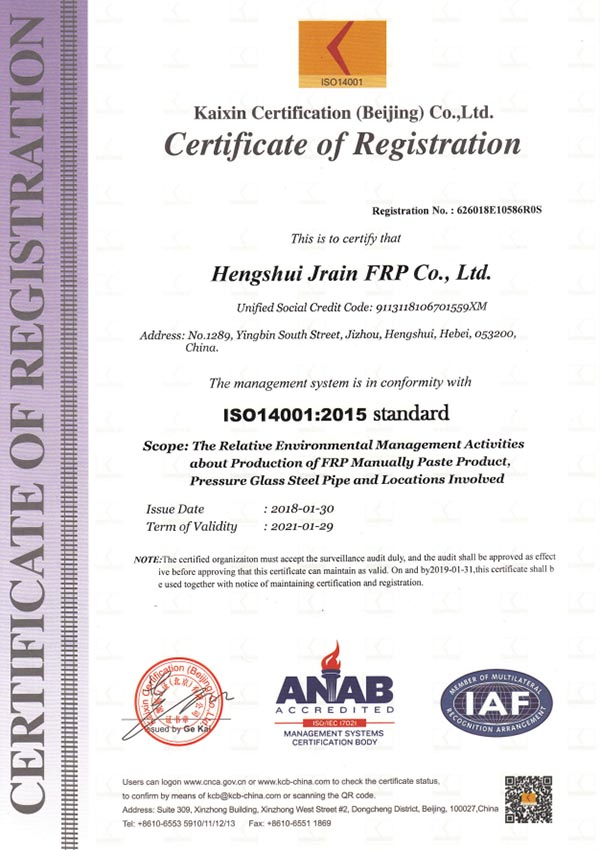
-
 Afrikaans
Afrikaans -
 Albanian
Albanian -
 Amharic
Amharic -
 Arabic
Arabic -
 Armenian
Armenian -
 Azerbaijani
Azerbaijani -
 Basque
Basque -
 Belarusian
Belarusian -
 Bengali
Bengali -
 Bosnian
Bosnian -
 Bulgarian
Bulgarian -
 Catalan
Catalan -
 Cebuano
Cebuano -
 China
China -
 China (Taiwan)
China (Taiwan) -
 Corsican
Corsican -
 Croatian
Croatian -
 Czech
Czech -
 Danish
Danish -
 Dutch
Dutch -
 English
English -
 Esperanto
Esperanto -
 Estonian
Estonian -
 Finnish
Finnish -
 French
French -
 Frisian
Frisian -
 Galician
Galician -
 Georgian
Georgian -
 German
German -
 Greek
Greek -
 Gujarati
Gujarati -
 Haitian Creole
Haitian Creole -
 hausa
hausa -
 hawaiian
hawaiian -
 Hebrew
Hebrew -
 Hindi
Hindi -
 Miao
Miao -
 Hungarian
Hungarian -
 Icelandic
Icelandic -
 igbo
igbo -
 Indonesian
Indonesian -
 irish
irish -
 Italian
Italian -
 Japanese
Japanese -
 Javanese
Javanese -
 Kannada
Kannada -
 kazakh
kazakh -
 Khmer
Khmer -
 Rwandese
Rwandese -
 Korean
Korean -
 Kurdish
Kurdish -
 Kyrgyz
Kyrgyz -
 Lao
Lao -
 Latin
Latin -
 Latvian
Latvian -
 Lithuanian
Lithuanian -
 Luxembourgish
Luxembourgish -
 Macedonian
Macedonian -
 Malgashi
Malgashi -
 Malay
Malay -
 Malayalam
Malayalam -
 Maltese
Maltese -
 Maori
Maori -
 Marathi
Marathi -
 Mongolian
Mongolian -
 Myanmar
Myanmar -
 Nepali
Nepali -
 Norwegian
Norwegian -
 Norwegian
Norwegian -
 Occitan
Occitan -
 Pashto
Pashto -
 Persian
Persian -
 Polish
Polish -
 Portuguese
Portuguese -
 Punjabi
Punjabi -
 Romanian
Romanian -
 Russian
Russian -
 Samoan
Samoan -
 Scottish Gaelic
Scottish Gaelic -
 Serbian
Serbian -
 Sesotho
Sesotho -
 Shona
Shona -
 Sindhi
Sindhi -
 Sinhala
Sinhala -
 Slovak
Slovak -
 Slovenian
Slovenian -
 Somali
Somali -
 Spanish
Spanish -
 Sundanese
Sundanese -
 Swahili
Swahili -
 Swedish
Swedish -
 Tagalog
Tagalog -
 Tajik
Tajik -
 Tamil
Tamil -
 Tatar
Tatar -
 Telugu
Telugu -
 Thai
Thai -
 Turkish
Turkish -
 Turkmen
Turkmen -
 Ukrainian
Ukrainian -
 Urdu
Urdu -
 Uighur
Uighur -
 Uzbek
Uzbek -
 Vietnamese
Vietnamese -
 Welsh
Welsh -
 Bantu
Bantu -
 Yiddish
Yiddish -
 Yoruba
Yoruba -
 Zulu
Zulu
frp clarifier system
Understanding FRP Clarifier Systems
FRP (Fiber Reinforced Plastic) clarifier systems are advanced wastewater treatment solutions designed for the efficient removal of suspended solids and contaminants from water. With the growing demand for sustainable and efficient water treatment technologies, FRP clarifiers have emerged as a preferred choice for industries and municipalities alike.
What is an FRP Clarifier?
An FRP clarifier is a type of sedimentation tank made from fiber-reinforced plastic materials. These systems utilize the principles of gravity and buoyancy to separate solid particles from liquid. The design typically includes an influent zone where wastewater enters, a settling zone where solids are allowed to settle, and an effluent zone where treated water is collected and discharged.
The use of FRP in the construction of clarifiers offers several advantages over traditional materials such as concrete or steel. FRP is lightweight yet durable, resistant to corrosion, and can be molded into complex shapes, making it an ideal choice for various wastewater treatment applications.
Advantages of FRP Clarifier Systems
1. Corrosion Resistance One of the primary benefits of using FRP materials is their resistance to corrosion. Unlike metal tanks that may rust over time, FRP clarifiers can withstand harsh chemicals and biological processes involved in wastewater treatment, ensuring a longer lifespan and reduced maintenance costs.
2. Lightweight and Easy Installation The lightweight nature of FRP makes it easier to transport and install. This can significantly reduce installation costs and time. Moreover, lighter systems can be less demanding on structural supports, which is particularly beneficial in sensitive installations.
3. Cost Efficiency While the initial investment in FRP systems may be higher than traditional materials, their longevity and low maintenance requirements can lead to lower overall lifecycle costs. Additionally, the efficiency of the clarifier can result in lower operational costs.
frp clarifier system

4. Customizability FRP clarifiers can be tailored to meet specific requirements and site conditions. Manufacturers can design systems that fit unique dimensions and capacities, accommodating various volumes of wastewater while ensuring optimal performance.
5. Reduced Environmental Impact By providing an efficient means of removing contaminants from wastewater, FRP clarifier systems contribute to cleaner effluent discharge into the environment. Their durability and effectiveness provide a sustainable option for water treatment, aligning with modern environmental regulations and community standards.
Applications of FRP Clarifier Systems
FRP clarifier systems are employed across various sectors, including municipal wastewater treatment plants, industrial facilities, food processing, and petrochemical industries. They are particularly useful in applications where high volumes of wastewater must be treated efficiently and effectively.
In municipal settings, FRP clarifiers help cities manage stormwater runoff and treat sewage, ensuring that public health and environmental standards are met. In industrial and commercial applications, these systems are essential for removing oils, fats, and other contaminants from wastewater before it is released into local water bodies.
Conclusion
As the need for effective and sustainable water treatment solutions continues to grow, FRP clarifier systems provide an innovative option for a variety of applications. Their corrosion resistance, lightweight properties, cost-efficiency, and adaptability make them a viable choice for municipalities and industries looking to enhance their wastewater treatment processes. In an era where water quality is of paramount importance, investing in FRP clarifier technology represents a proactive step towards environmental stewardship and public health.
In summary, understanding the capabilities and advantages of FRP clarifier systems paints a clear picture of their role in modern water treatment solutions. As the technology evolves, these systems are likely to play an increasingly integral part in safeguarding our water resources for future generations.









